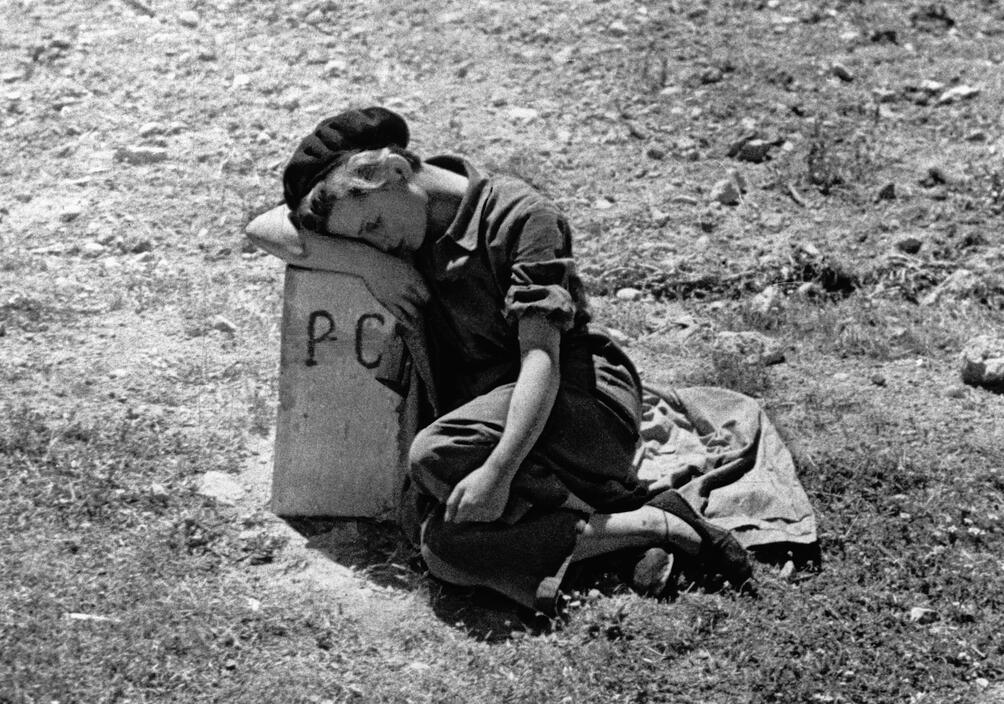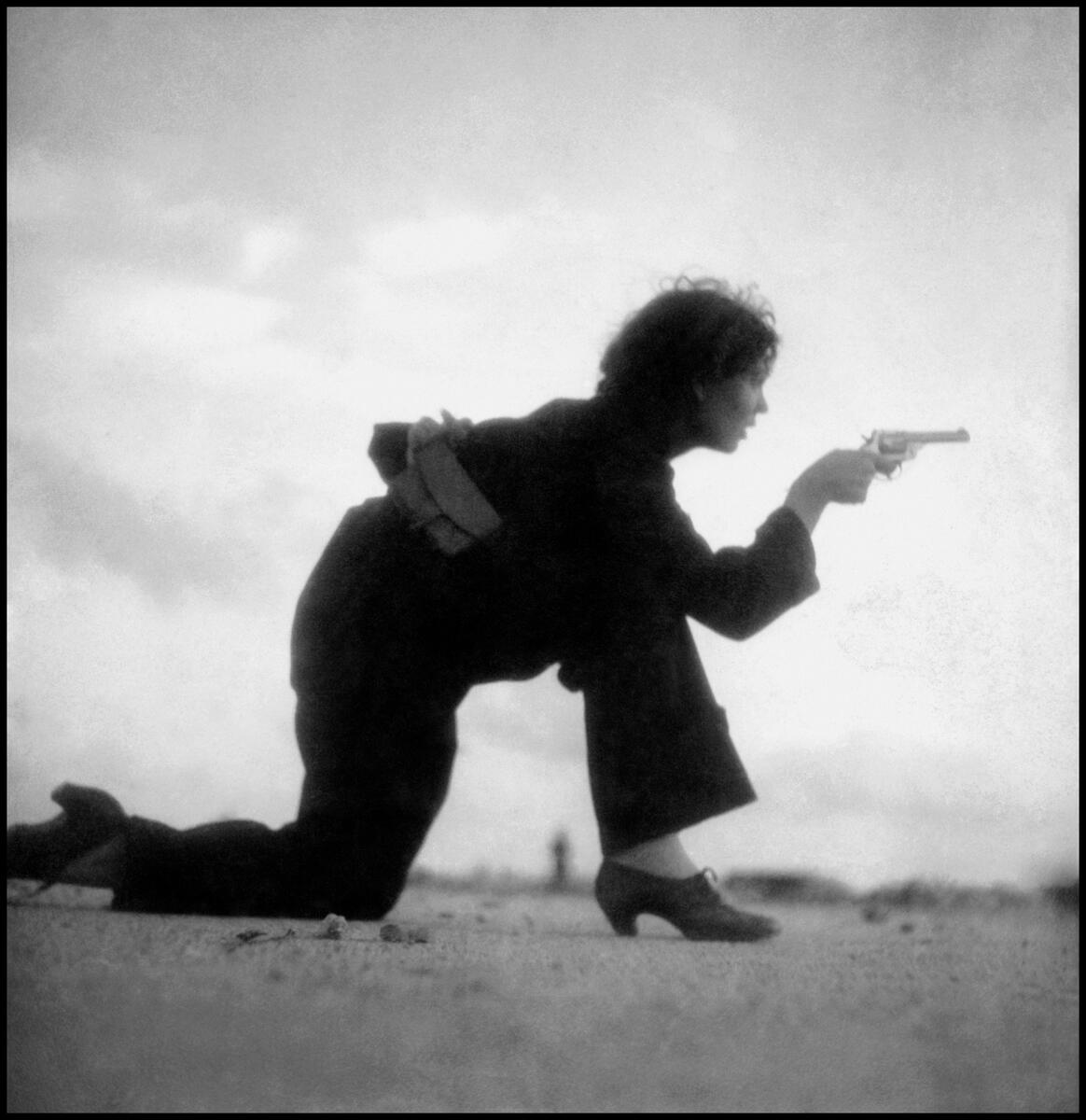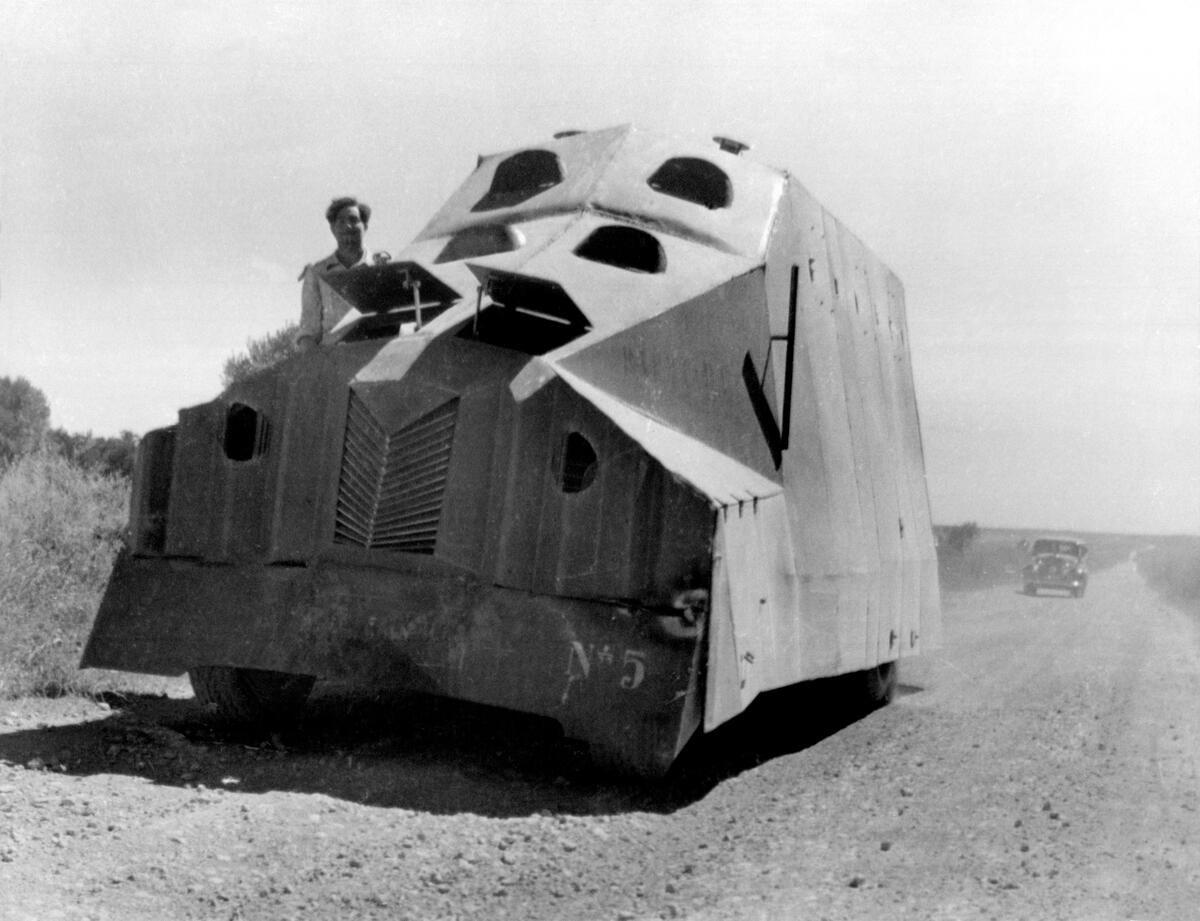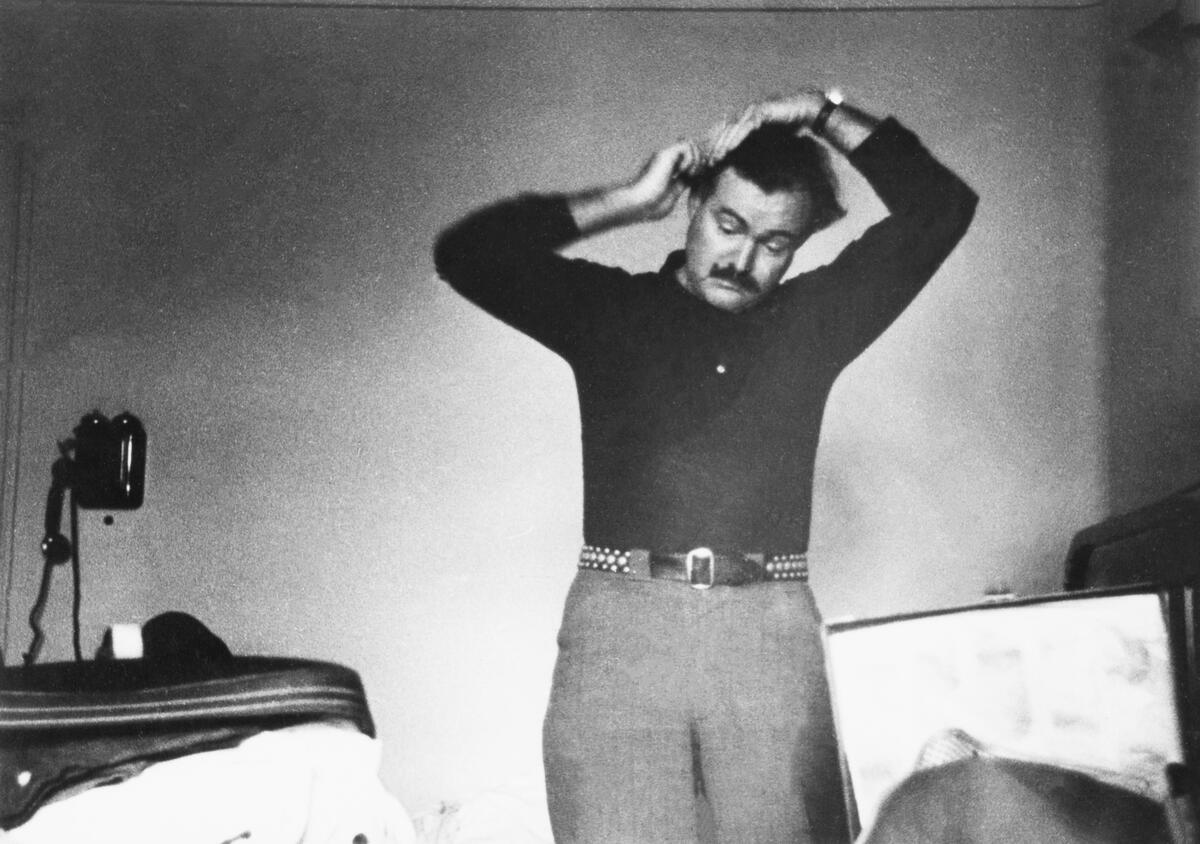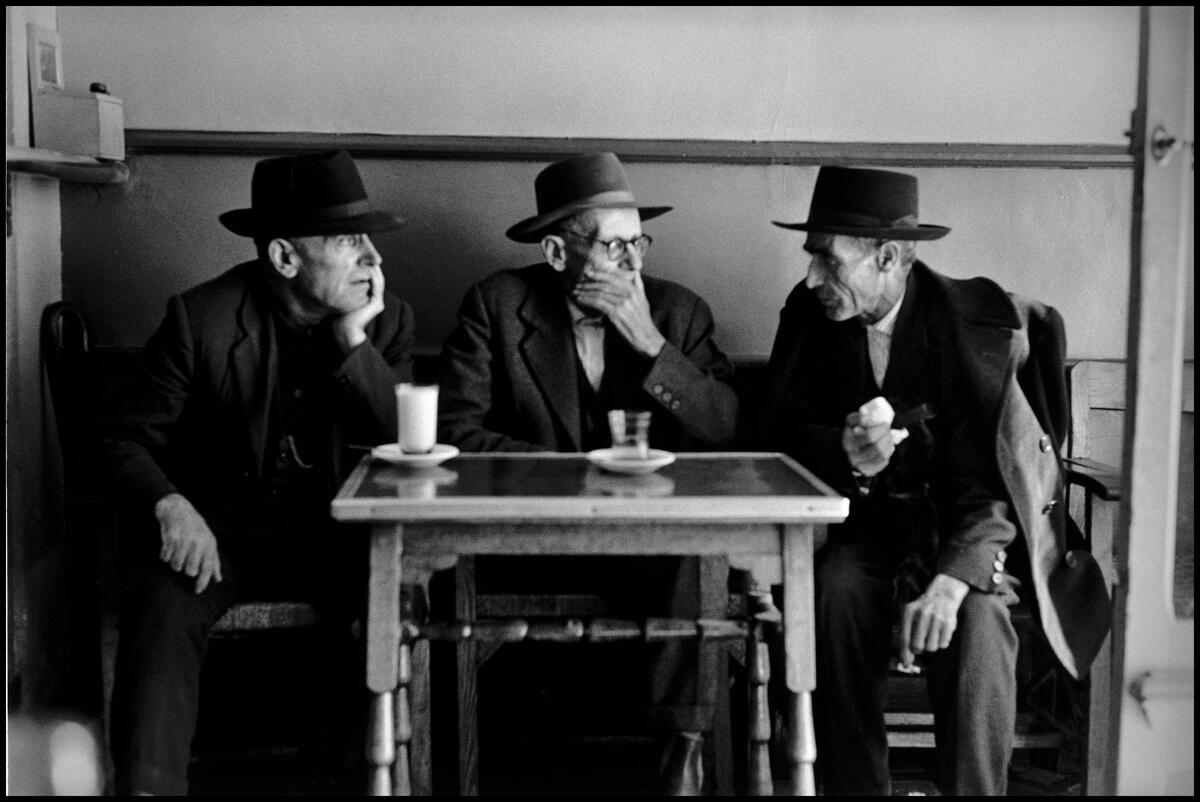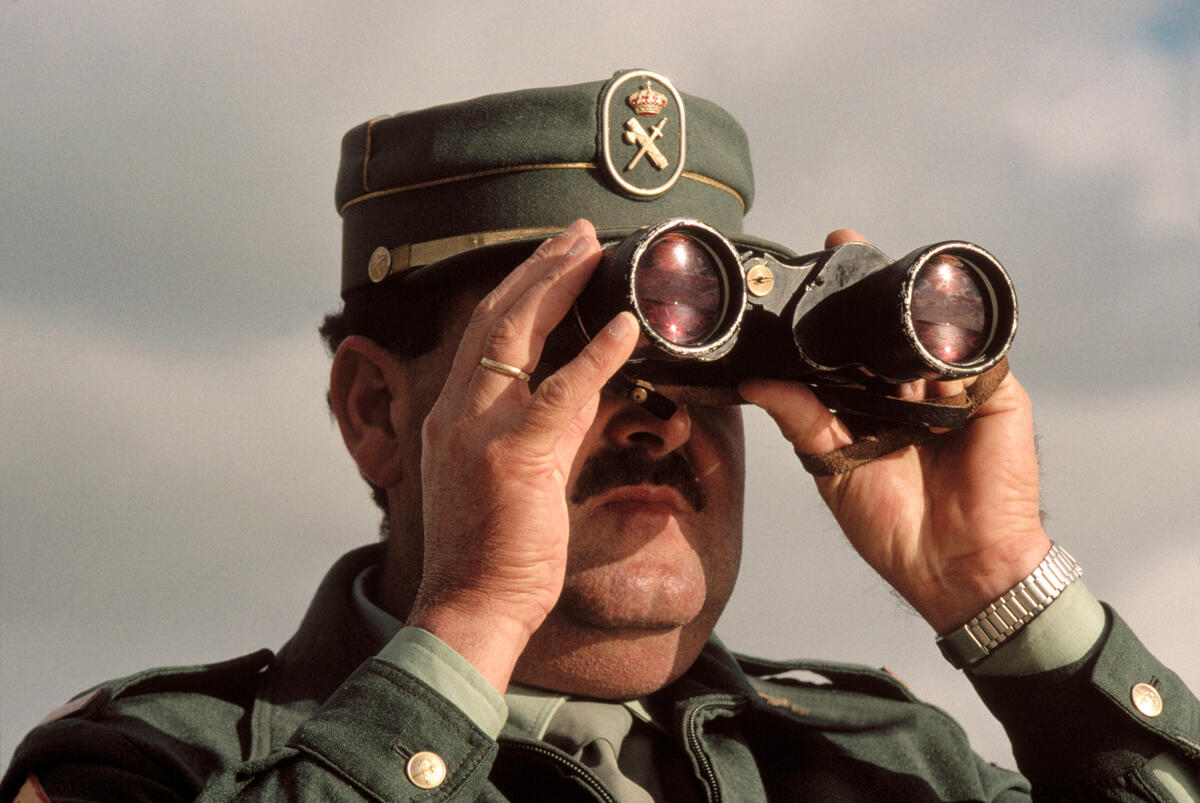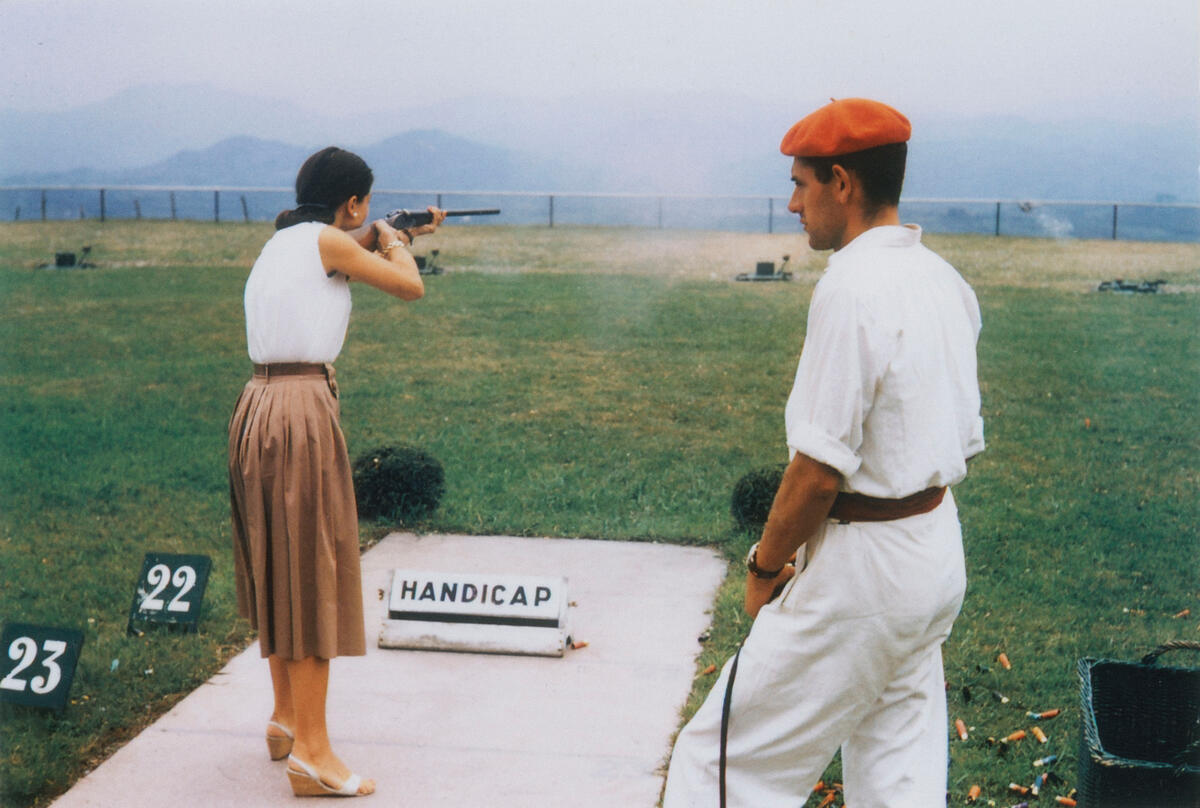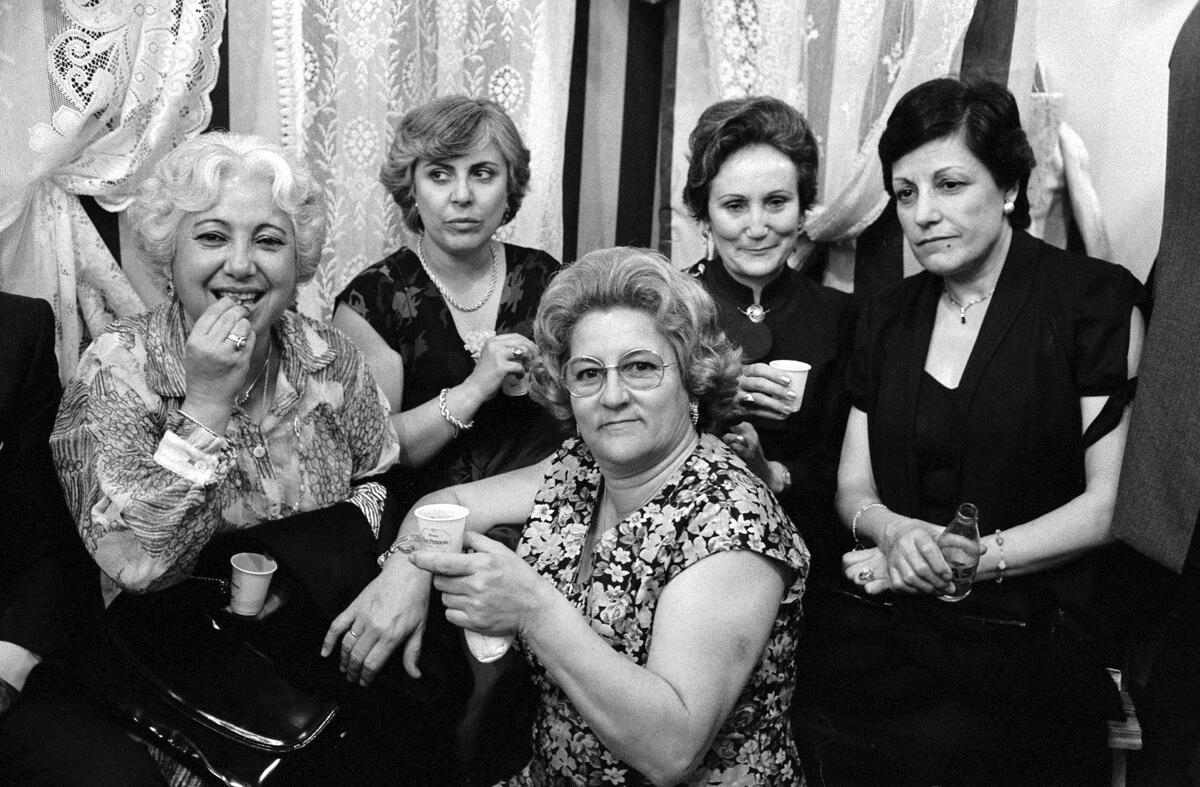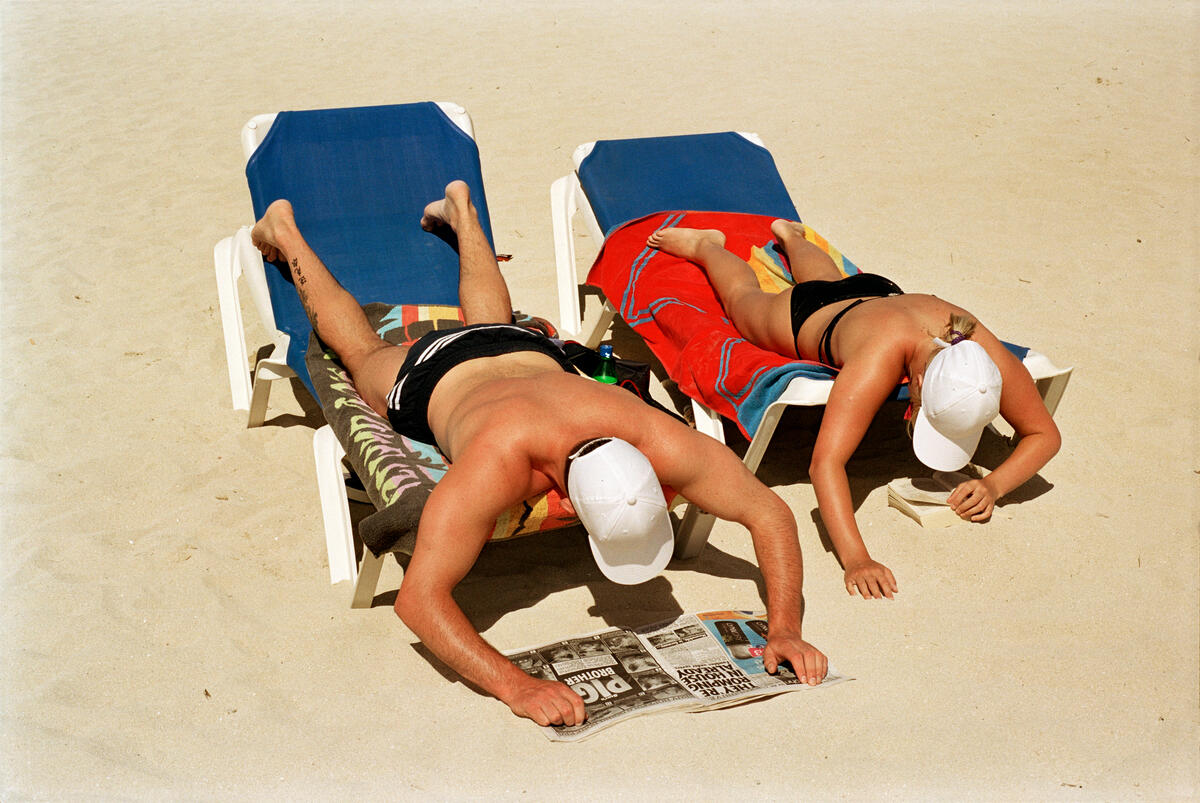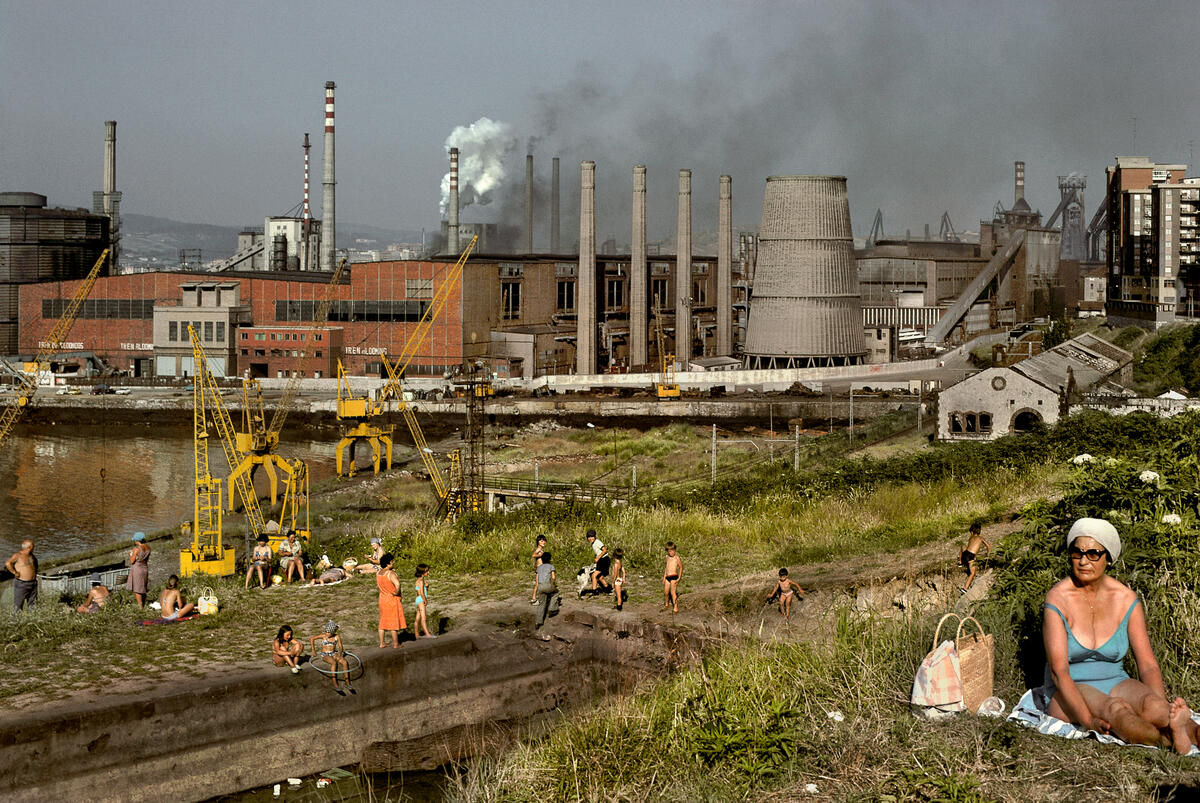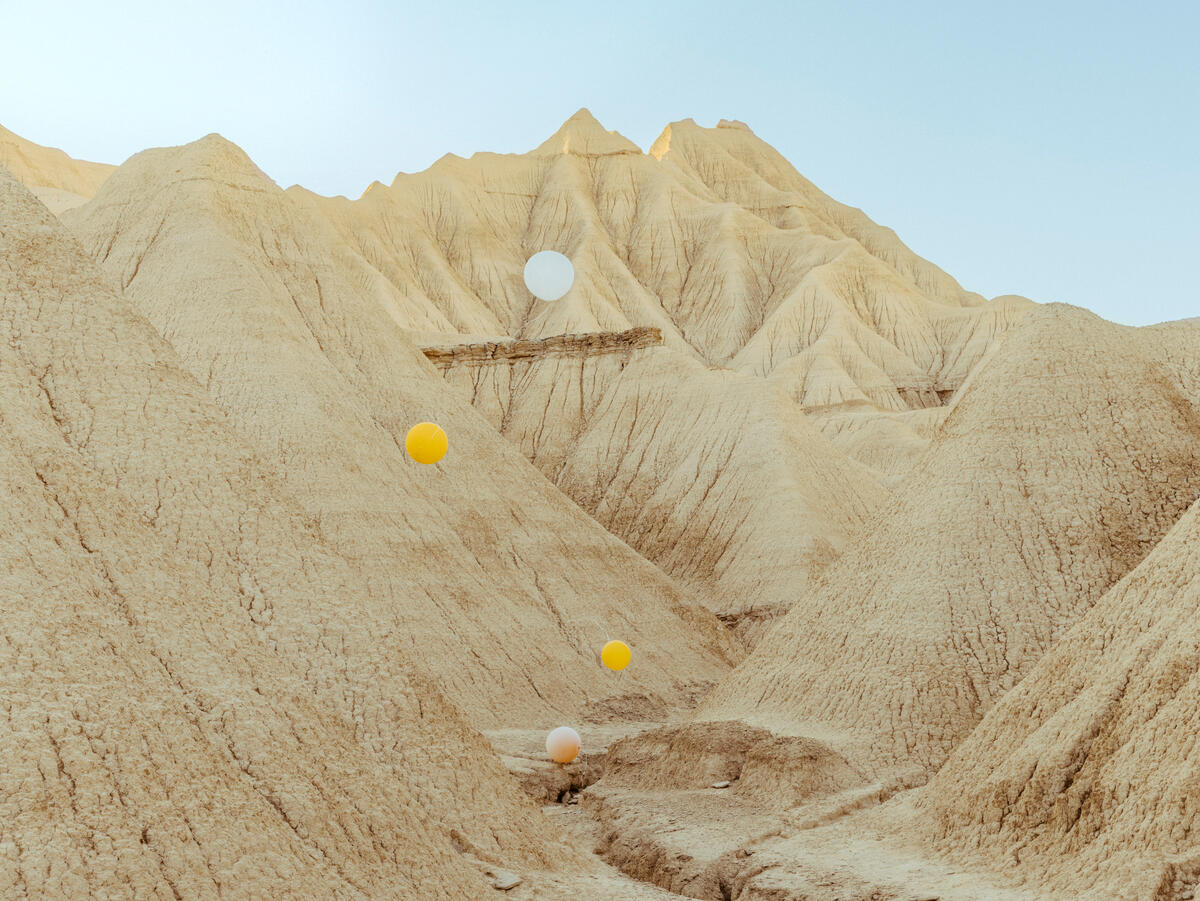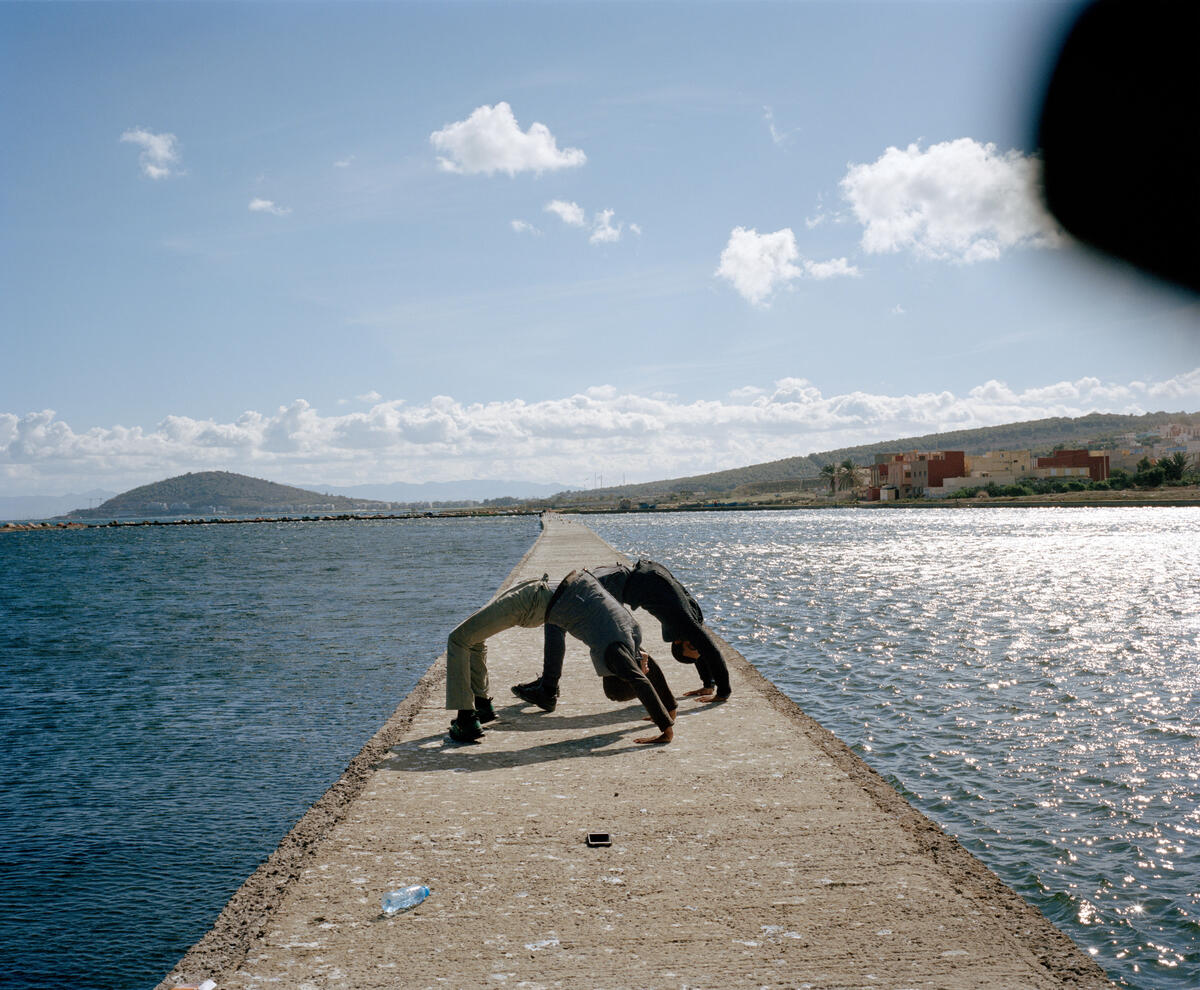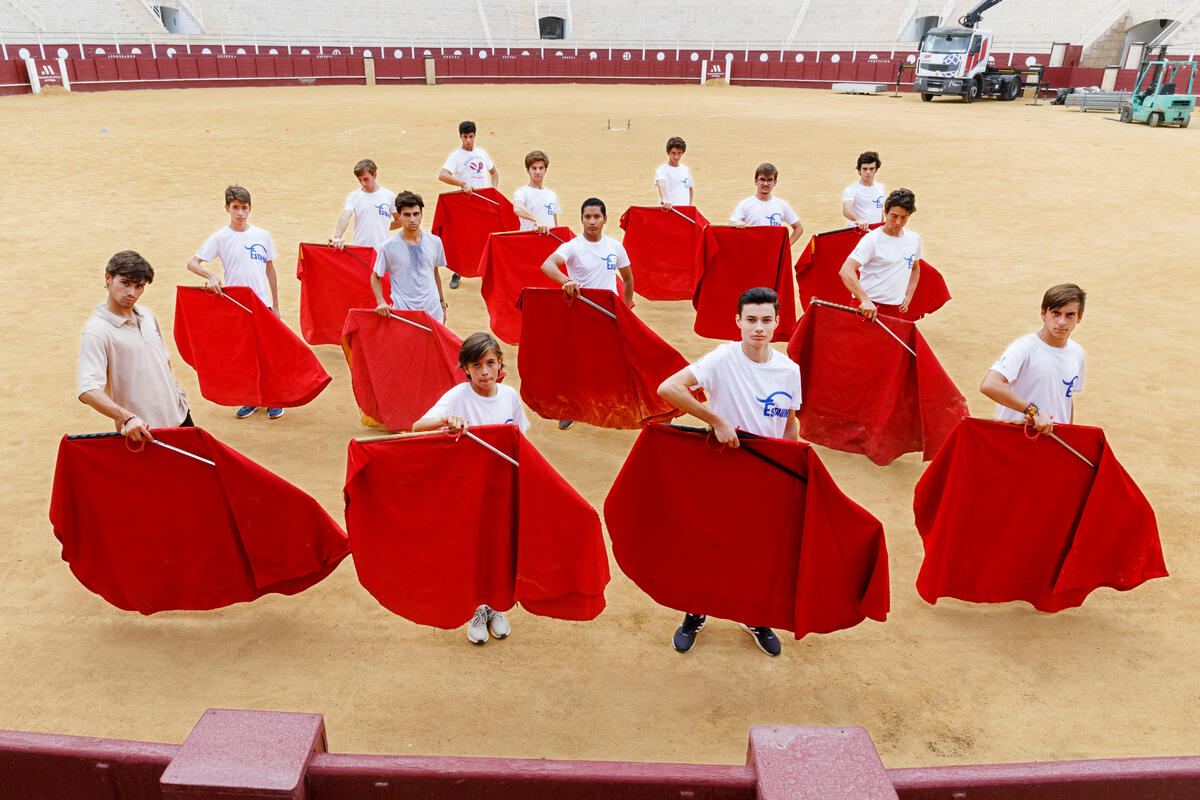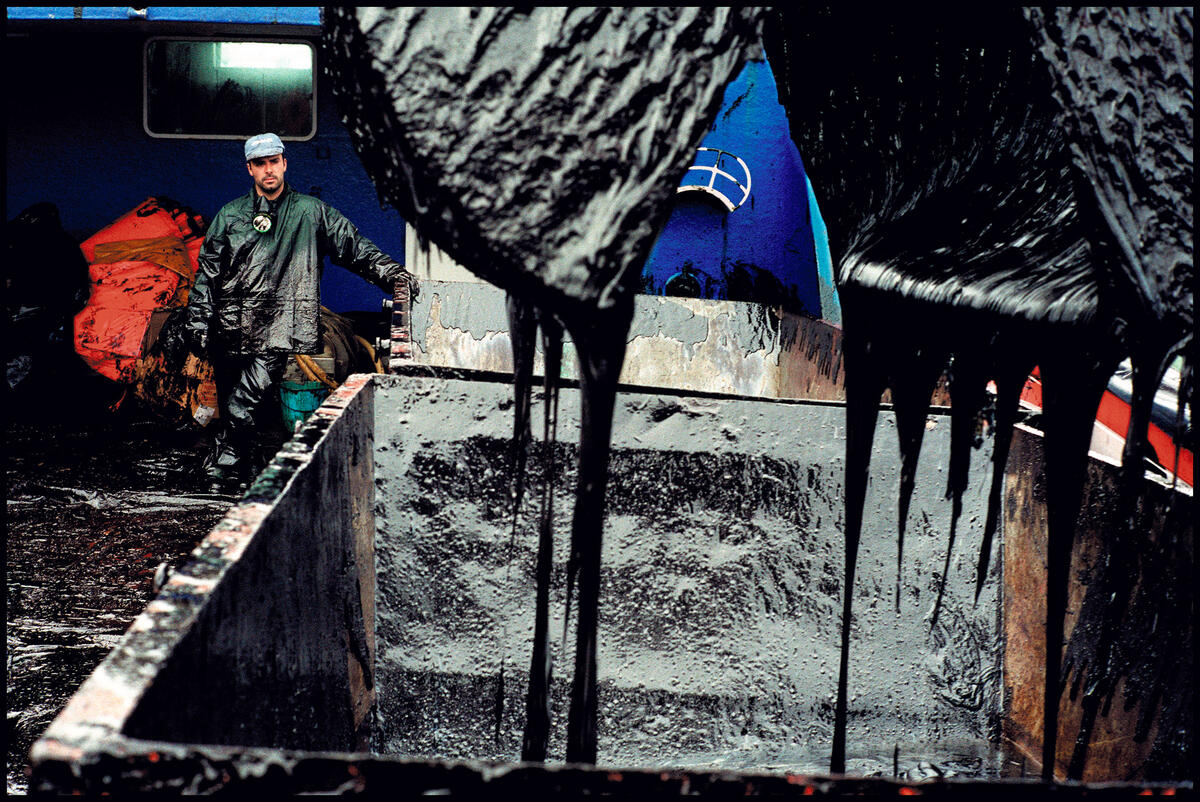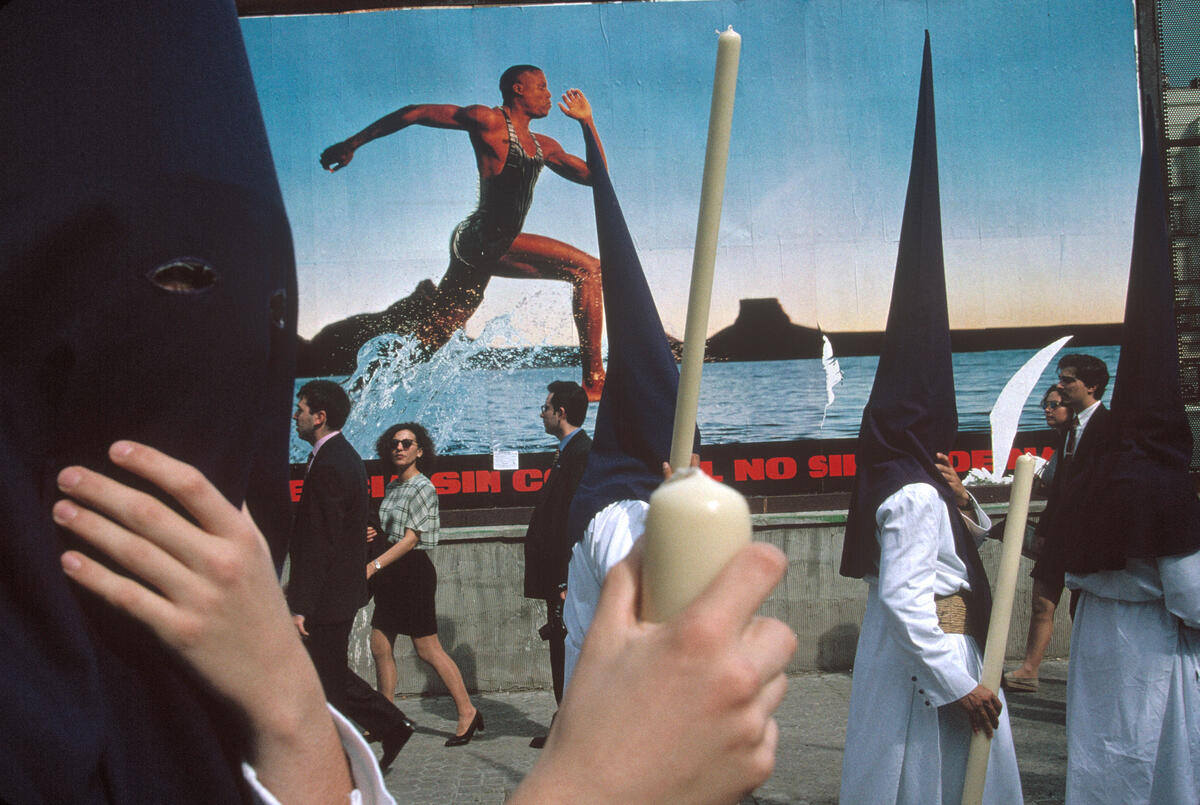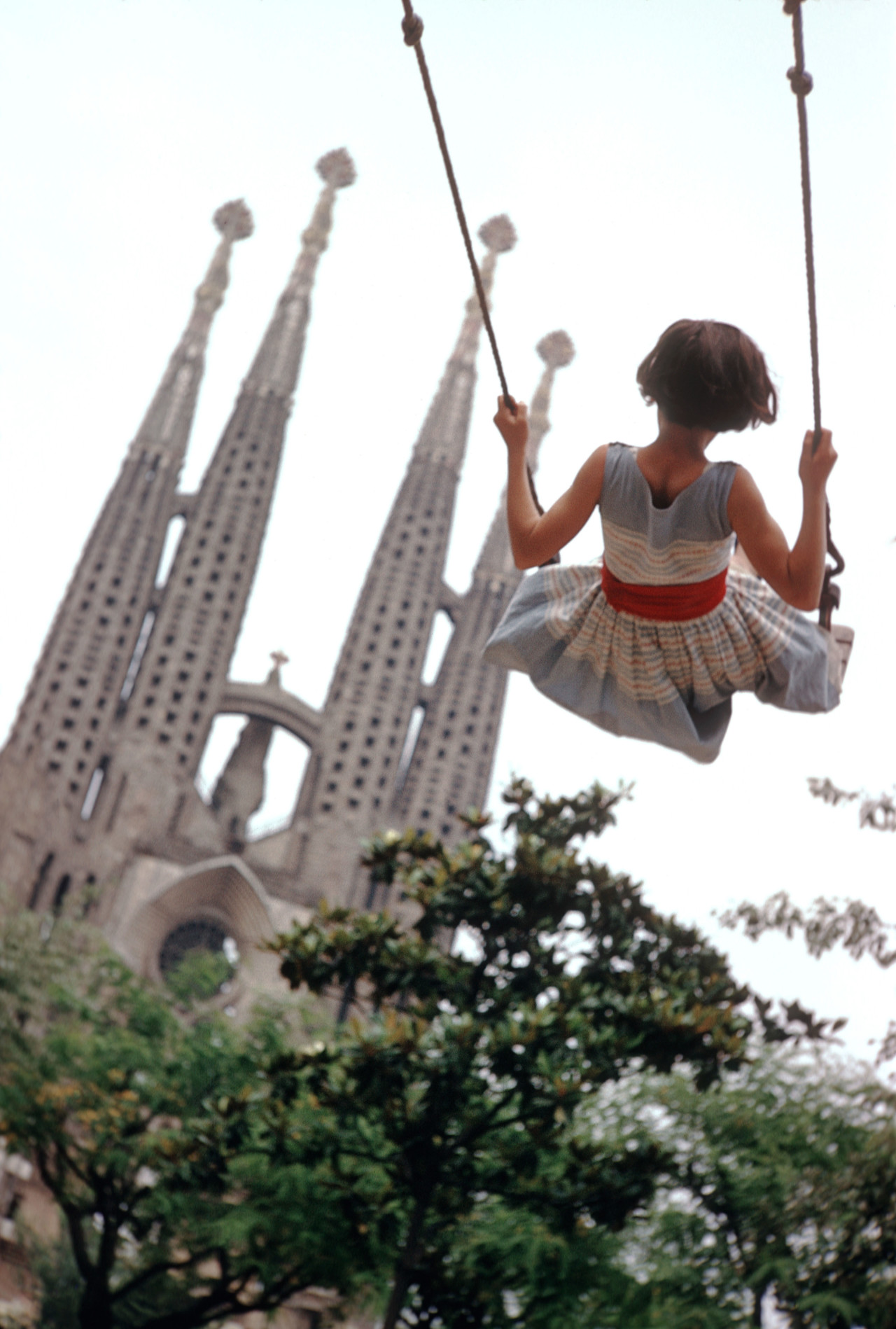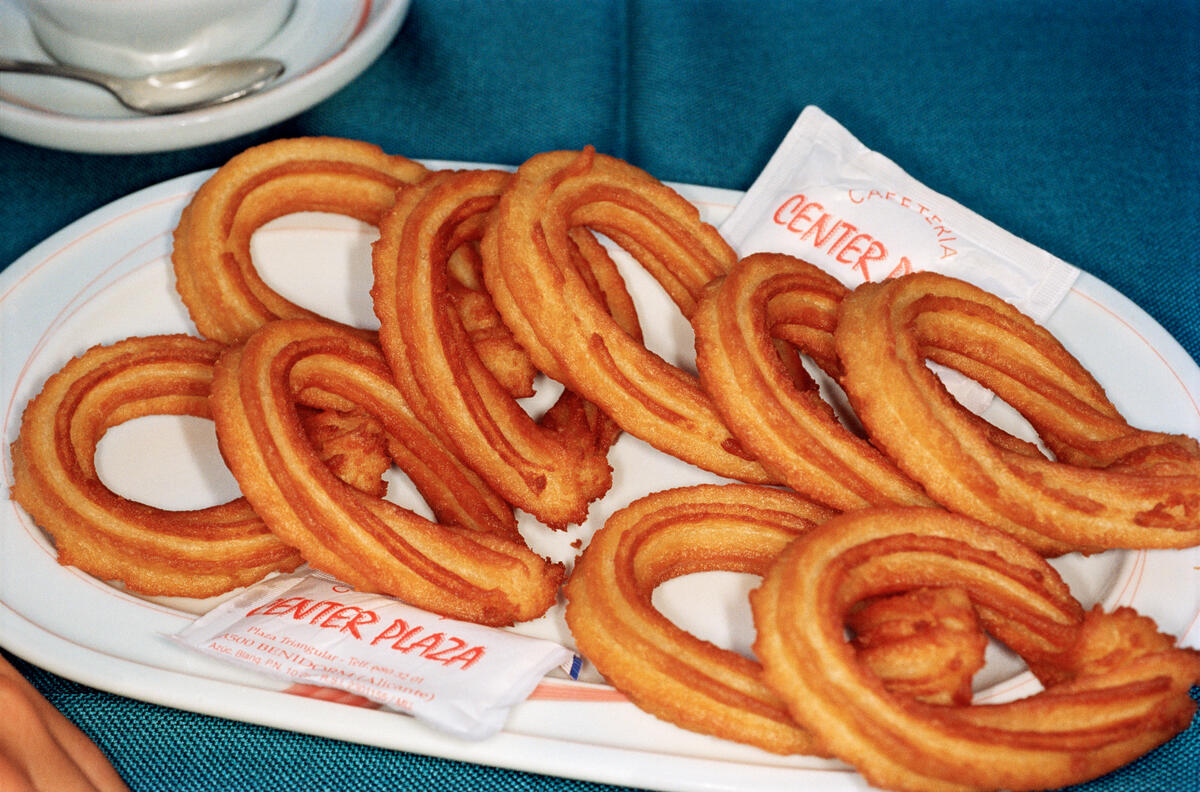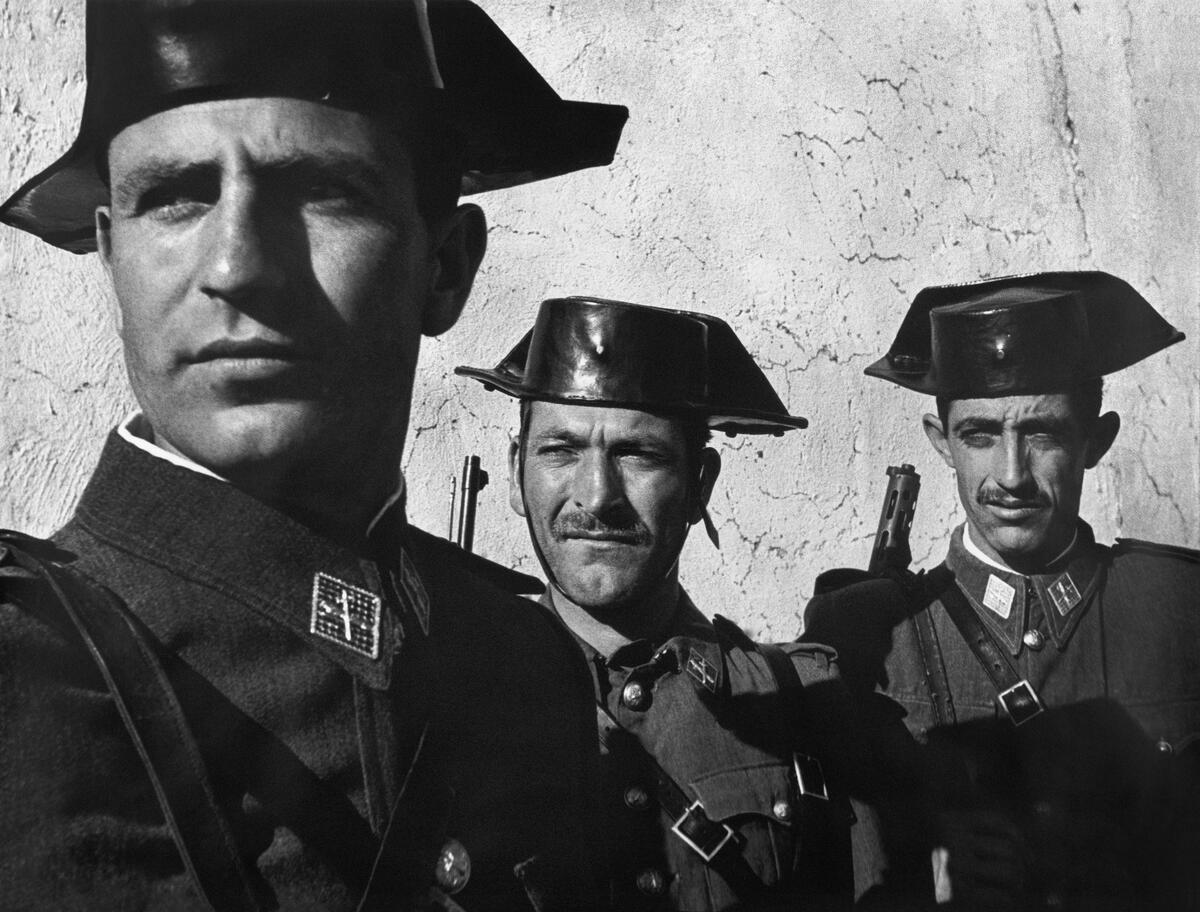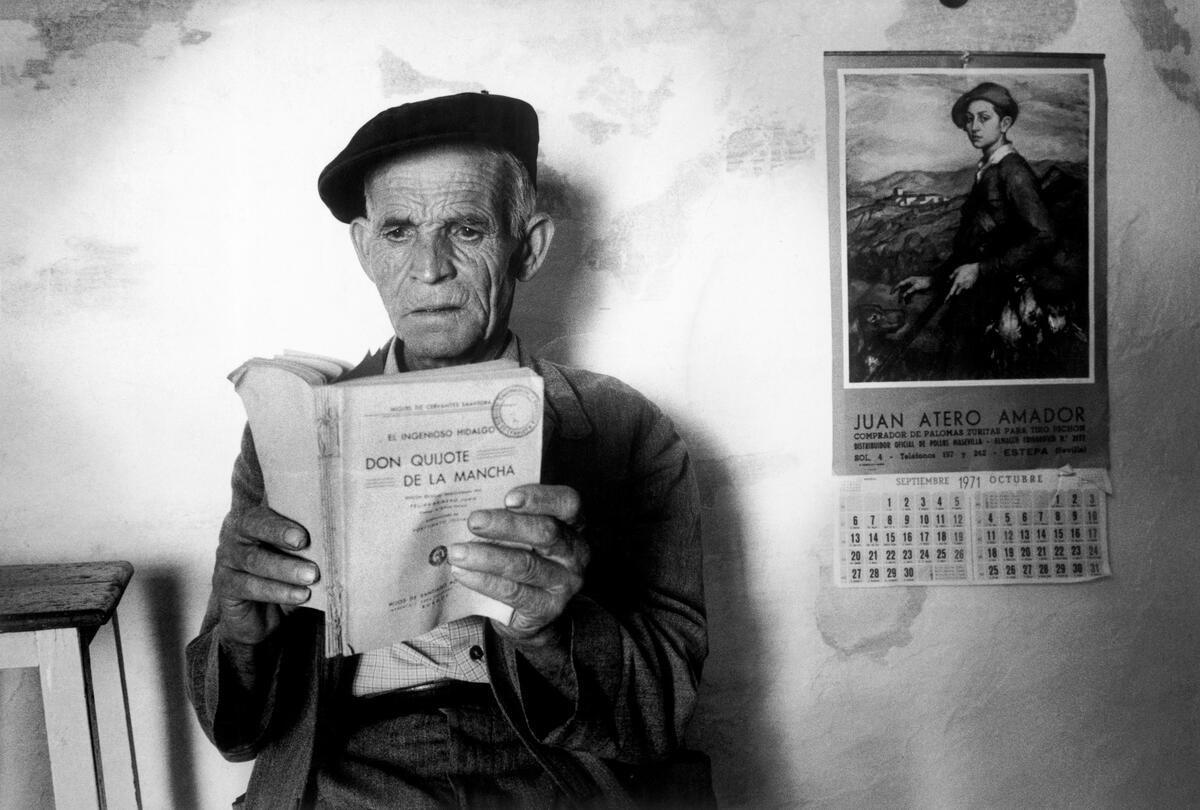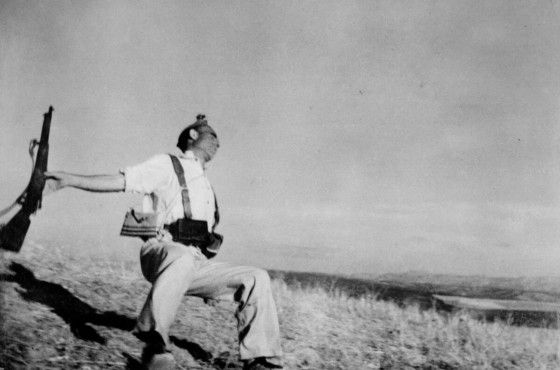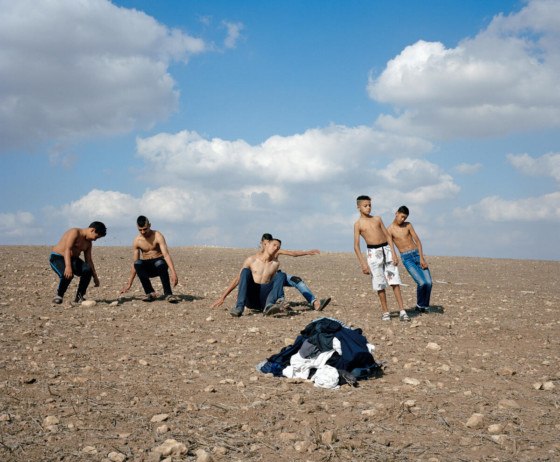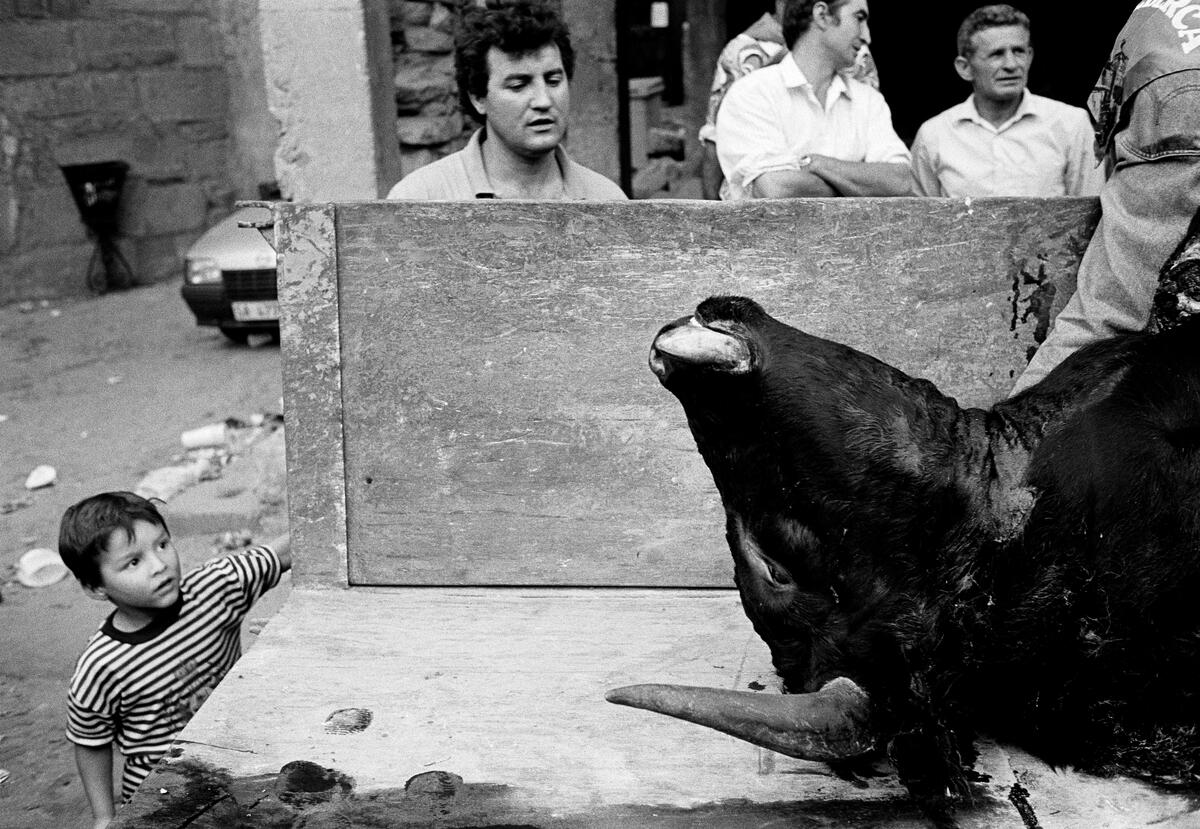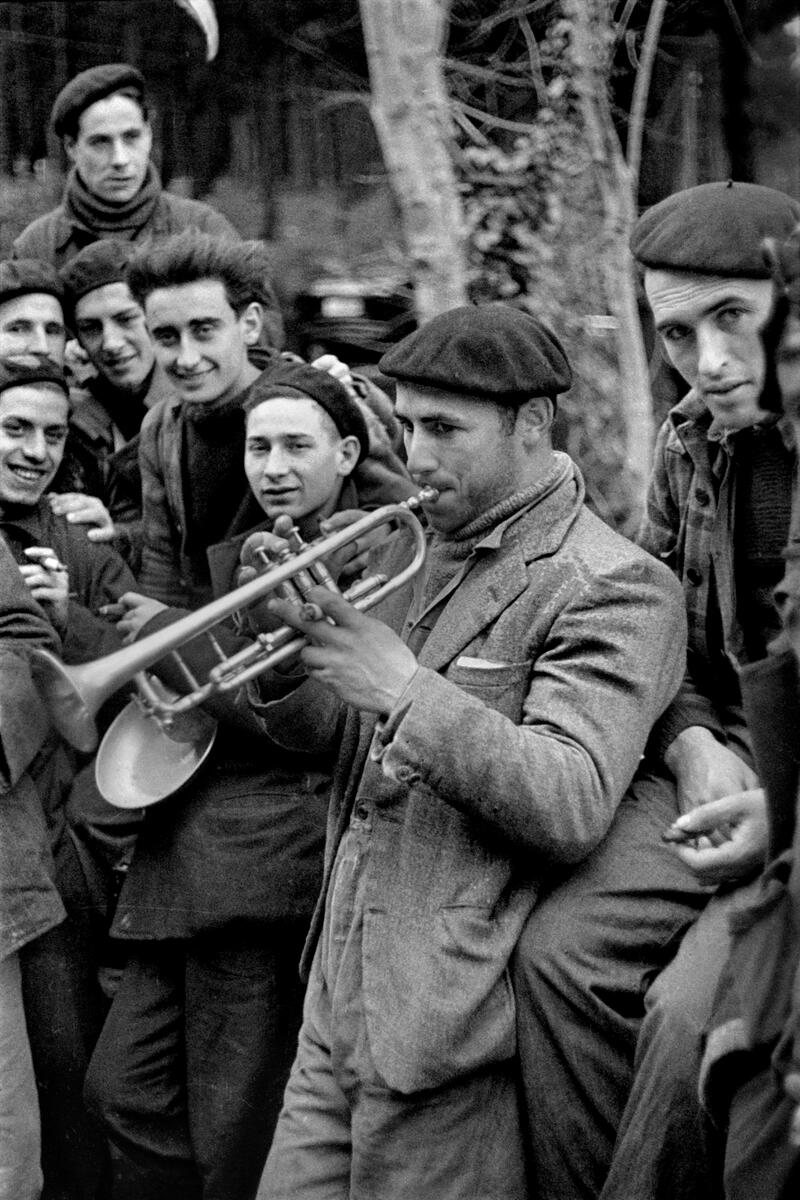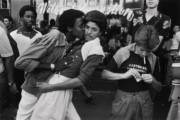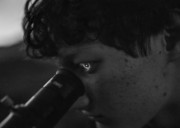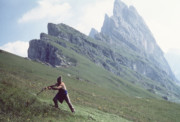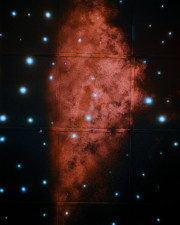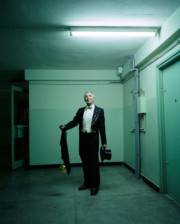Picturing España, From 1936 to Today
As Magnum celebrates the reception of the Princess of Asturias Award for Concord this year, a new major group exhibition in Oviedo, Spain explores 77 years of Spanish culture and heritage through the eyes of Magnum photographers
On August 5, 1936, a pair of photographers arrived in Spain from Paris. They had been collaborating for two years and had reinvented themselves together. Gerta Pohorylle became Gerda Taro, while Endre Ernö Friedmann turned into Robert Capa, the name under which, initially, they would market the images taken by both. A few days earlier, the military had risen up against the constitutional government of the Second Republic. Tasked by the French magazine Vu, the photojournalists set out to capture the drama of a torn nation, as well as the resistance and dignity of its people. They fell in love with that unsettling land and, in some way, made it their own; traveling and scrutinizing it through their lens. It was an adventure that would shake their lives and change the history of photojournalism: Taro lost her life in the Battle of Brunete, while Capa forged his reputation, becoming the author of The Falling Soldier, one of the most iconic photographs of the 20th century.
This experience paved the way for an idea that the photographer had been nurturing for a decade, and in 1947, Magnum was born.
It was therefore in Spain that the seed of the noble, grand, and generous ambitions that gave birth to Magnum Photos was planted. Founded by Capa alongside Henri Cartier-Bresson, George Rodger, David (Chim) Seymour, Maria Eisner, William and Rita Vandivert, the agency was structured under a fundamental premise: to grant its members creative independence, allowing them to retain copyright over their work and commercialize it. This freedom enabled photographers to become committed witnesses to reality, using their cameras as tools of empathy, denunciation, and testimony, with the aim of narrating the world in depth.
Over 77 years, nearly a hundred photographers have contributed to Magnum’s history, faithfully following the spirit of its founders by documenting the most uncomfortable and necessary truths, just as Capa did on the Spanish battlefields. In 2024, this commitment has earned the agency the Princess of Asturias Award for Concord, in recognition of its work in safeguarding and conveying “the testimony of the most significant events of its time, and thereby, through images, raising humanity’s awareness,” according to the Princess of Asturias Foundation’s official statement.
“Magnum is a way of life,” John G. Morris, the legendary photo editor and former Executive Director of the agency, once said. “It has made it possible for its photographer members to realize their independent dreams by sharing them. Collectively, it champions extreme individualism… No Magnum photographer is a model for the others.” This paradox, key to the agency’s success, is evident in España x Magnum, an exhibition organized in collaboration with the Princess of Asturias Foundation to celebrate the award.
The exhibition brings together 112 images captured by 46 of its members during their time in Spain, from the mid-1930s to the present day. Brief moments in time are filtered through each photographer’s unique gaze, which collectively offers an interpretation that is as critical as it is poetic — painting a very singular picture of the country.
"The Spain depicted in 'España x Magnum' is a land of contrasts, where the absurd meets the dramatic, the past meets the present, and legend intertwines with reality. "
- Gloria Crespo
Magnum’s view of Spain undoubtedly offers a valuable and heterogeneous visual testimony of the various historical stages the country has undergone — from the Civil War, through Franco’s dictatorship, the transition to Democracy, and up to the present day. The journey, as highlighted by philosopher Adela Cortina in one of the exhibition’s accompanying texts, “invites hope.” Even so, Cristina de Middel, the exhibition’s curator and agency president since 2022, opted for a conceptual approach. The selection of images “does not define Magnum or Spain, as a country cannot be explained solely through images, nor can an agency encompass such a task,” warns the Spanish photographer in a text. “What we see depicts, rather, the evolution of the press and the moments when Spain was in the international spotlight. As the saying goes, not all who are there are present, nor are all those present there.”
The exhibition is structured around bold juxtapositions on different themes: landscape, food, men, surrealism, women, parents, and festivals, among others. In this way, the photographs interact without following a linear narrative. This approach inherently seeks new storytelling formulas and angles, highlighting each photographer’s personal voice. The display, as striking as it is playful, combines various formats: tables, banners, and panels, and arranged at different heights, they invite viewers to explore and reinterpret the compositions from diverse perspectives. The Spain depicted in España x Magnum is a land of contrasts, where the absurd meets the dramatic, the past meets the present, and legend intertwines with reality. History blends with everyday life in an endless play of light and shadow, where facts coexist with allegories, giving way to new forms of understanding.
The semi-desert landscapes of the Bardenas Reales, where Nanna Heitmann focused her lens to capture the sun, converse with the industrial environment of Bilbao; a landscape that serves as the backdrop to the moment frozen by Harry Gruyaert’s camera, where a woman enjoys the sun as smoke stains the blue sky.
Similarly, the oil streaks spilled by the Prestige, captured by Ian Berry, draw a powerful analogy with the greasy mustache of Salvador Dalí, immortalized by Philippe Halsman. These juxtapositions, in the form of visual paradoxes, not only document but also offer new ways of seeing and addressing reality. “I’ve used the images for what they signify, not for the context or the reasons they were created at the time,” notes the curator. “In that sense, I’ve allowed myself many liberties.”
“But every way of seeing is a way of not seeing; it’s a perspective that highlights one vision but hides others,” sociologist Emilio Lamo de Espinosa points out in another text accompanying the exhibition. “And in España x Magnum, we see the ‘Anglo’ vision that emphasizes what differentiates us from them and forgets what makes us alike: a modern, urban, commercial, and industrial society.” This allusion to the stereotyped vision, from which few nations escape, could include the portrait of bullfighter José Antonio Padilla dressing, captured by Alex Majoli. An image that reflects not just the man but the myth. Or the haughty and enigmatic silhouettes of the capirotes, making their way past a poster of Carl Lewis while being immortalized by Abbas; or the coffee with churros and ham that have fed the colorful imagination of one of the sharpest observers of the everyday, Martin Parr.
Undoubtedly, the collection of images evokes scenes ingrained in our memory, but it still invites viewers to reflect on how a country’s visual narrative is constructed. Over nearly eight decades, Magnum photographers have shown their mastery in capturing the essence of the mundane and revealing the extraordinary in the ordinary, transforming each photograph into a window into life.
“The work of a photographer is not to prove anything about a human fact. We are not propagandists. We are witnesses of the ephemeral,” said Cartier-Bresson, emphasizing the impact of photography on collective memory and social awareness. Similarly, the exhibition presents a challenge to stereotypes and untouchable concepts, deconstructing the iconic image of the three civil guards taken by W. Eugene Smith in 1951 in Deleitosa, Cáceres, as part of the Spanish Village series, considered one of the masterpieces of humanist documentary photography.
This approach is supported by the type of visual discourse the agency has cultivated, where journalism intertwines with art. In the same way that Magnum pursues a faithful representation of reality and, aware of the complexity of “truth,” the documentary concept has been in constant revision. As historian and essayist Estrella de Diego notes in her text: “Truth is polyhedral, and moving the camera’s objective even a millimeter can completely change the world.”
"Magnum’s images, as the historian Miguel Zugaza suggests, 'see what we do not see so that we can see more.' "
-
But just as España x Magnum offers a remarkable selection of the country seen from the outside, it also offers a perspective from within, through the vision of the three Spanish female photographers who are each Members of the cooperative. One of Lúa Ribeira’s images, taken in 2019 in Melilla and belonging to the series The Fortunate Ones, which follows young people trying to reach Europe from Morocco, dialogues with The Falling Soldier. It is a dialogue that reflects how Capa’s photograph’s emotional impact remains relevant to new generations.
While Ribeira’s work blends documentary and conceptual approaches, aiming to make visible those we don’t always see, Cristina García Rodero’s work falls into the pure documentary tradition, with a humanistic focus capable of breathing life into a statue under the gaze of children, as seen in Adriana Asleep (1992). On the other hand, De Middel’s demystifying view, always attentive to how stories are constructed, reminds us in Angelet de la Corda in Alfarrasí, where a priest takes a photo, that photography is not just an isolated moment but part of a broader context of meanings.
Ultimately, as Miguel Zugaza notes in his text, “the agency does not seek complacency or the favorable image we all long to see of ourselves, but rather the acknowledgment of a world often denied.” Magnum’s images, as the historian suggests, “see what we do not see so that we can see more. And in their practice, they undoubtedly contribute to the recognition of the other, an essential step to achieving precisely what is being honored today: concord.”
The exhibition also includes a selection of collective books published throughout Magnum’s history. While most do not necessarily relate to Spain directly, they emphasize the cooperative’s community spirit, which has earned it the award. In essence, España x Magnum is not just a tribute to the relationship between the agency and Spain; it is also a reminder of the power of photography to capture the complexity of a country and its history through a multitude of perspectives, sometimes conflicting, that contradict, complement, and nuance each other.
And in a large tunnel next to España x Magnum, a tribute to the region will be held, with images by Magnum co-founder David “Chim” Seymour, made in Asturias during the Spanish Civil War. Seymour covered the trenches in Oviedo, during the war, working closely with local photojournalist Constantino Suárez. The side exhibition is an opportunity to delve further into the history of the Spanish Civil War, in parallel to the origins of photojournalism, and the vital part that Chim, Capa and Taro played.
Accompanying the exhibition and the Princess of Asturias Award Ceremony, Magnum is organizing a series of activities and events to celebrate and commemorate the deep history between the agency and Spain. During the Awards Week, which begins on October 12 several activities are scheduled, including workshops for students, children, and families, as well as talks by some members of the cooperative, such as Olivia Arthur, Thomas Dworzak, and its president, Cristina de Middel, to bring attendees closer to Magnum’s spirit. This ongoing effort to document the truth and raise collective awareness has turned the agency into an institution. 77 years later, it remains as necessary as it was at its inception.
Visit the exhibition at the La Vega Arms Factory (C. Marcelino Fernández, 33010) in Oviedo from October 14 until October 26.
Register for events during Award Week (October 12–25) here.



